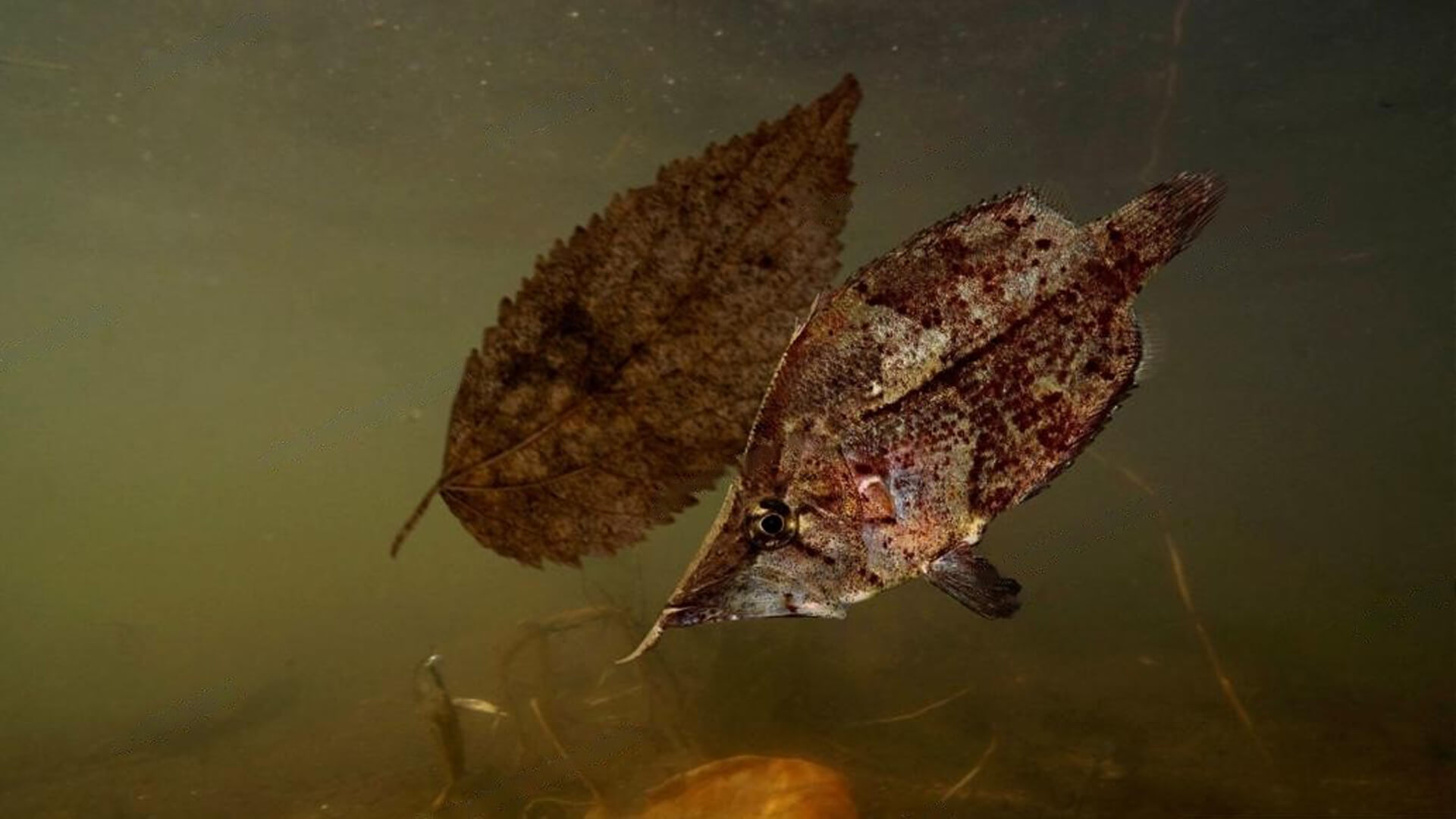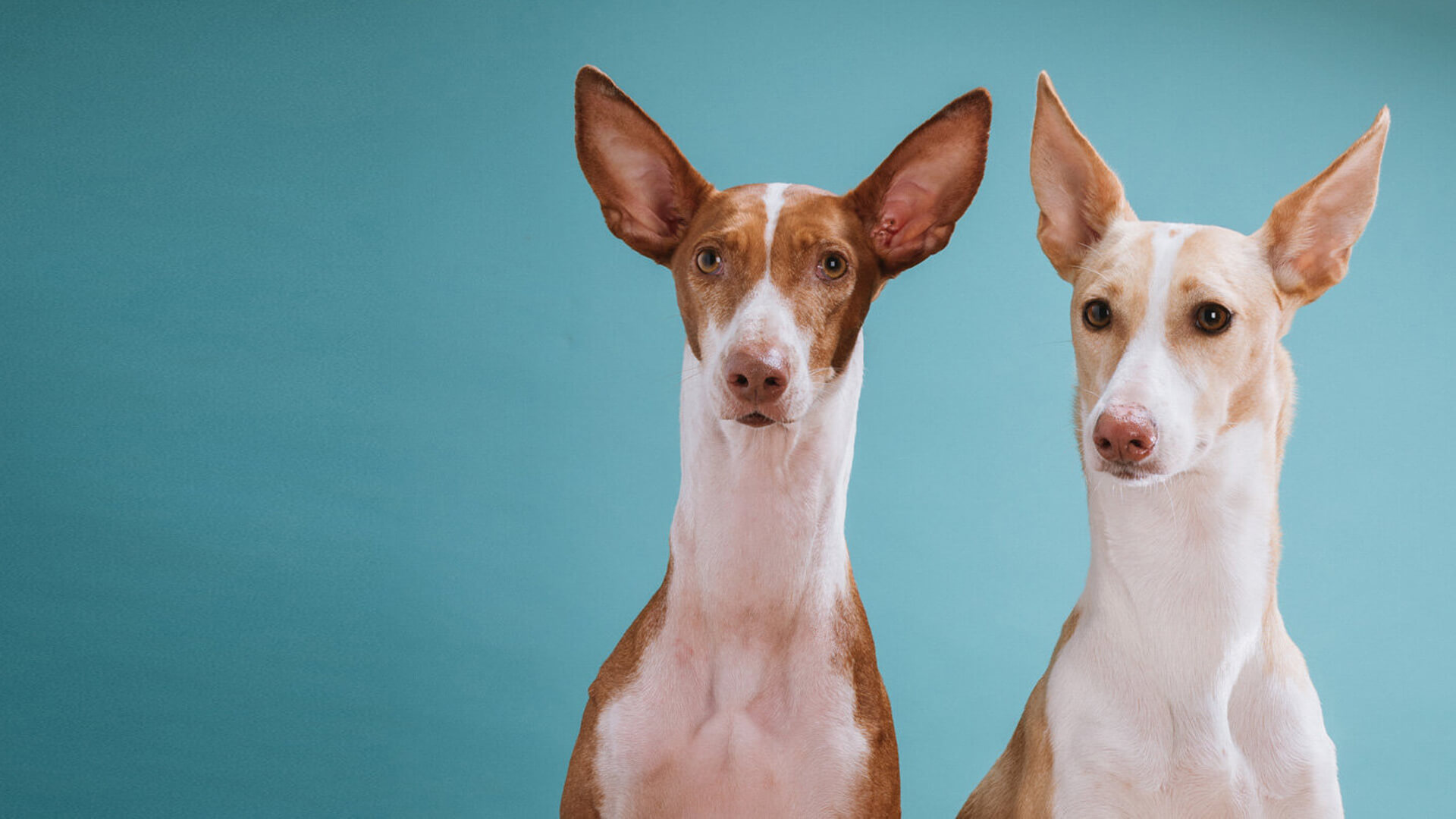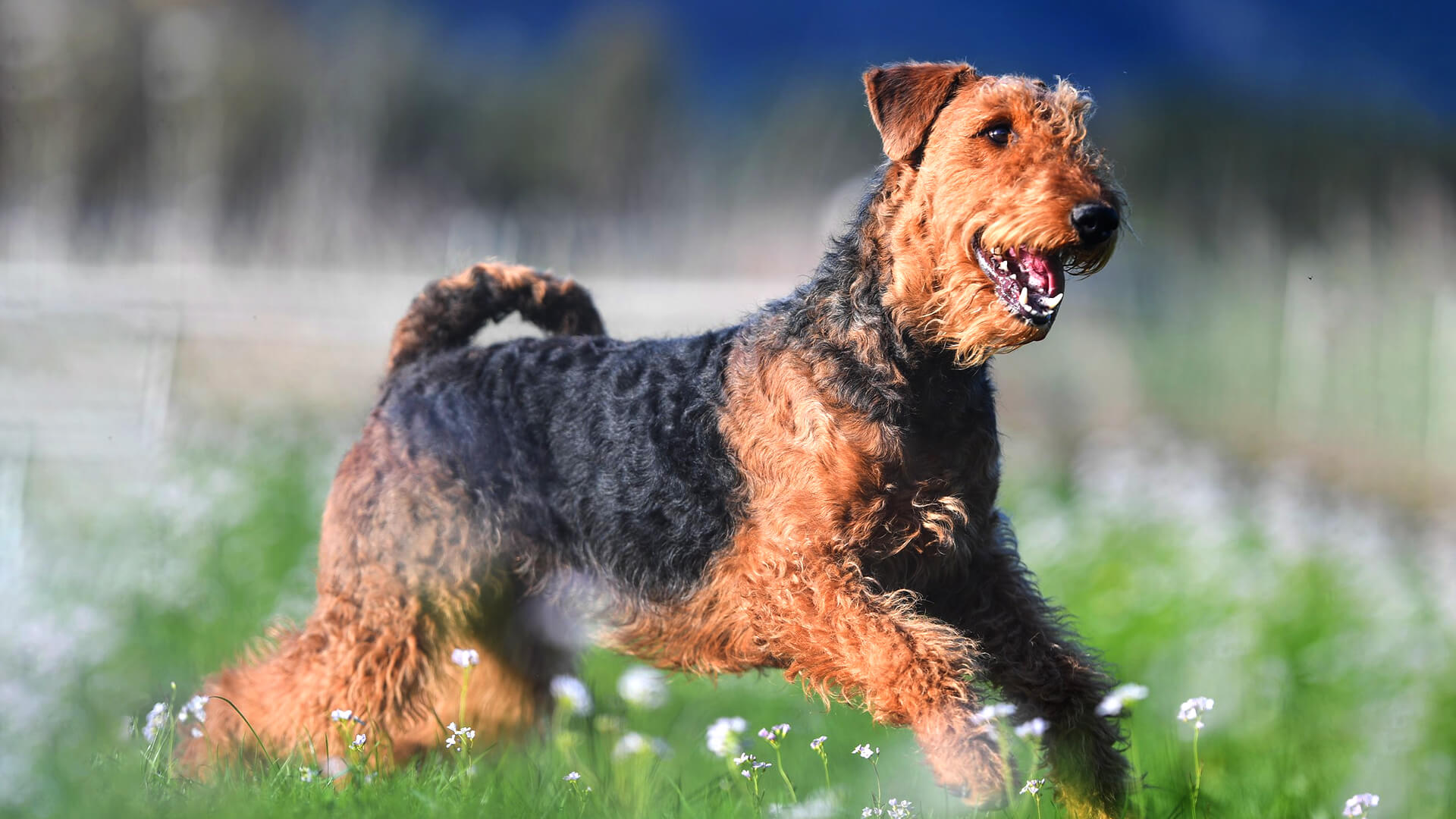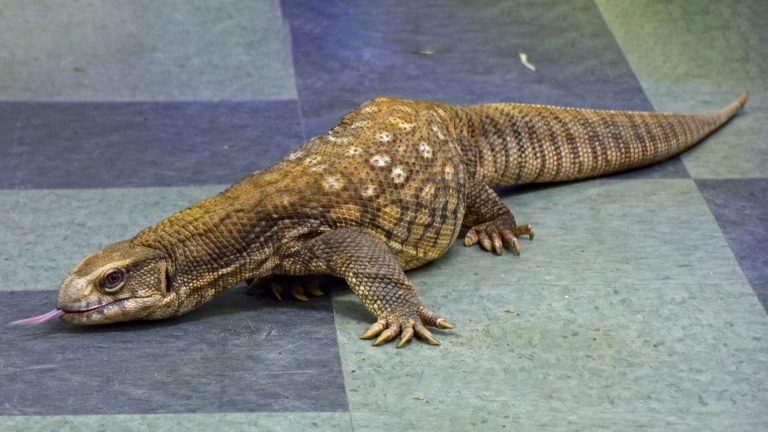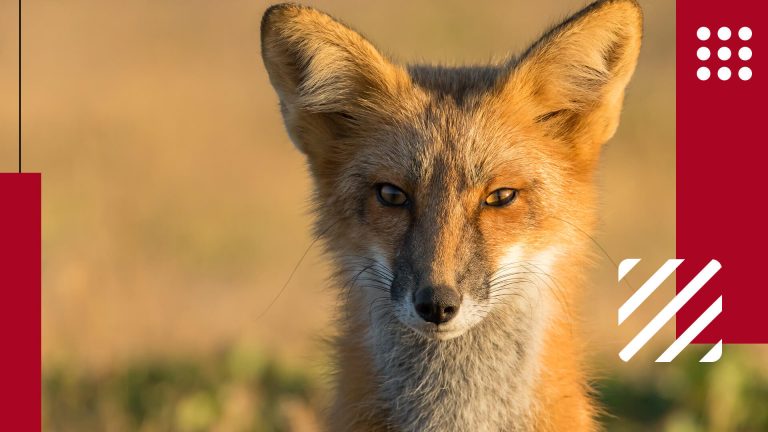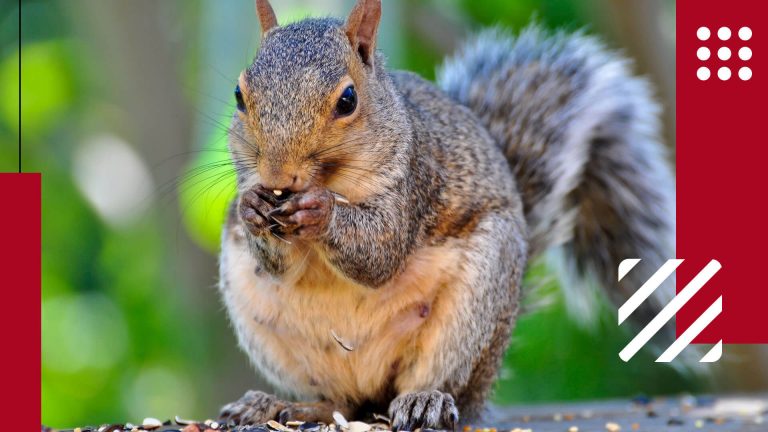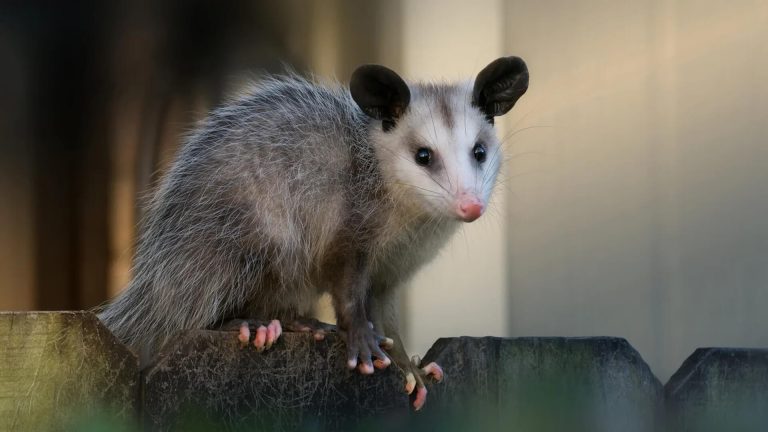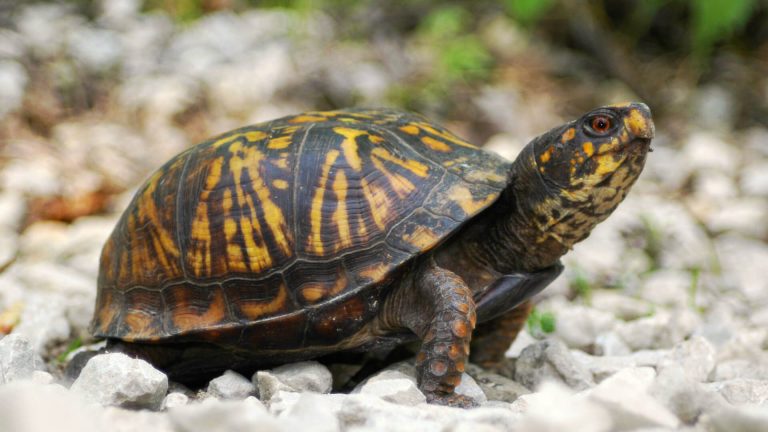Do you know that pets like otters can inflict injuries of the hospital admit seriousness? Otters are queerly being liked as pets. In pictures, in social media and elsewhere they look appealing and coy which is not the case. They devastate the surroundings with their paws as they are strong in strength. If annoyed they can strike the keeper in a flash.
So, you should be cautious in selecting otters as a pet. Otters live in several types of water bodies globally like freshwater, lakes, rivers, oceans, coastal areas as well as marshes. Otters are found some hundred meters away from the water body. All species of Otter have aquatic food habits.
Distinctive Features of Otter
| Scientific name | Lutrinae (family) |
| Lifespan | 10-21 years |
| Color | Varies by species; brown, black, or gray |
| Size (inches) | 11-72 inches |
| Height | 9-24 inches |
| Weight | 3-99 lbs |
| Health risk | Low |
| Unique trait | Webbed feet for swimming |
| Famous for | Playful and active behavior |
| Temperament | Social and playful |
| Maintenance | High |
| Adaptability | Low to moderate; require specific habitat requirements and diet |
| Behavior | Friendly and playful, but may bite if provoked |
| Personality | Intelligent and curious |
| Social | Live in groups |
| Domesticated | Rarely domesticated |
Appearance
Otters are sleek and agile creatures, with a slender and long body, short legs, and a strong neck. They have webbed feet, hind legs, and a long, flattened tail that helps them swim at an impressive rate of one meter per second. Their bodies are heavily covered with fur that protects them from the cold waters they live in. Otters come in different sizes and species, with the sea otter being the largest and the Asian small-clawed otter being the smallest. On average, they weigh around 3-5 kg and can be up to 90 centimeters long. The fur of otters is in high demand, which puts these creatures in danger of extinction.
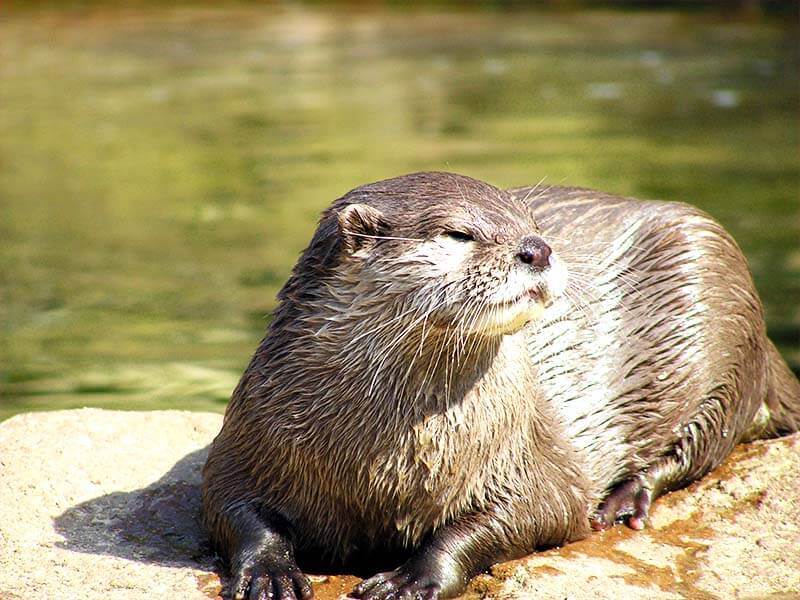
Personality
Otters are curious and playful animals that love to explore and investigate their surroundings. They often hunt at night and are frequently seen floating on their backs, playing with each other. They like to groom themselves and can spend a significant portion of the day doing so. Otters are fastidious creatures that clean their fur by biting, scratching, or rubbing against surfaces like logs, rocks, or grass. Their fur consists of a thick undercoat that encompasses air and a top layer of long, waterproof hairs. Domesticating otters can be a challenge, as they are wild and sharp animals that retain their predator instincts. In the wild, they travel long distances but mostly stay close to their habitat. Otters have a variety of shades of brown fur, with lighter underparts, and can be found on all continents except Australia and Antarctica. Despite their cute and adorable appearance, otters can live up to 21 years in captivity, while their survival rate in the wild is 8-9 years.
Are Otters Good Pets?
Otters are not good pets as they are destructive by nature. If you block the passage of pet otters, they discover another route to reach their destination. By nature, they are social and do activities that get them attention. Their screams for attention can be annoying. However, you can train them in some activities, but they can use what they have learned against the owner. This is seeking attention in a negative way.
It is difficult to toilet train them. The shit is very foul. Despite training, they will very often ease themselves anywhere to the disgust of the owner. Otters have an active metabolism, as a result, they ease several times during the day. That results in cleaning many times during the day. Oyea is the excretion from the butt which is foul-smelling. With this fluid, they mark their territory. The smell stays on furniture and other surfaces. Pet otter move around the home mostly destroying items through their paws.
Taming your pet otter can be a tough job as they are sharp and wild creatures. It is difficult to domesticate them as their basic instinct of predator stays with them. In the wild, they travel far away but most of the time stay close to the habitat. Fur color is in different shades of brown with lighter underparts. They exist in all continents barring Australia as well as Antarctica.
How to Take Care of Pet Otter?
While it's not a good decision to keep an otter as a pet, still some people love to keep it as a pet. If you want to keep an otter as your next pet then here are few tips to take care of a pet otter.
How to Setup Habitat For Pet Otter?
Pet otters should be caged outdoors. The cage should be big enough that permits the creature to be physically active and move around with ease. Keep in mind that the pet otter is energetic and frolic loving as well. There should be enough space in the cage. The surroundings should be heated if the temperature touches 50-degree F. The pool should be at 75-85-degree F. Be ready with supplementary heat for warmth.
What to Feed Pet Otter?
Otters are carnivores and eat fish, amphibians, crabs, mussels, frogs, tiny mammals such as rabbits, and a few types of water birds. They prefer fish to other types of meat. There is variation in the diet with the change of season and availability of prey.
Pet otters in captivity feed on meat food dead for some time. Otters are very energetic and enjoy their hunt moments. If this is denied they get bored. Provide them with living creatures in captivity as well. Pet otters need to eat 20% of their body weight every day for food. The food foundation can be made with nutritionally fit cat food.
About 80% of the diet should be meat-based. 20% in the form of fish. Supplement the diet with soft-boiled eggs, nuts, crayfish, insects, vegetables, etc. Feed them irregularly to prevent stereotypic behavior.
Health Concerns of Pet Otter?
Not much is known about the health status of pet otters in captivity. To keep them fit and healthy, there should be enough land to keep the otter dry on land. Always wet otters will develop health issues. The cage should have a 30% water pond. Otters can climb so make in-ground habitat because they can dig as well.
Apart from this, place hollowed-out logs, trees, and shrubs, and different cage furniture for the pet otter. The pool water should not be with chlorine.
What People Are Reading:
Frequently Asked Questions About Pet Otter
Here are some of the commonly asked questions about pet otter:
Is it legal to pet an otter?
The laws permitting pet otters differ from state to state in the USA. However, otters can be legally secured as a pet. States in the USA that allow pet otters are Nevada, North Carolina, New York, Florida, Indiana, Minnesota, Mississippi, Ohio, Oklahoma, South Dakota, and Tennessee.
The only species of otter permitted as a pet is an Asian clawed otter. It is difficult to procure one as a pet. Contact an exotic animal broker and he will do the needful.
How much a pet otter cost?
Asian small-clawed otter is priced at $4000. It is a steep price.
How do you take care of a pet otter?
As mentioned above, otters require a lot of space and water to swim in, and they need to be provided with an environment that closely resembles their natural habitat. They also need regular veterinary care, a specialized diet, and enrichment activities to keep them mentally stimulated.
How do otters behave as pets?
Otters are social animals and require a lot of attention and interaction with their owners. They can also be mischievous and may playfully nip or bite their owners. However, otters retain many of their wild instincts, which can make them unpredictable and difficult to handle. It is important to remember that they are not domesticated animals and require specialized care.

